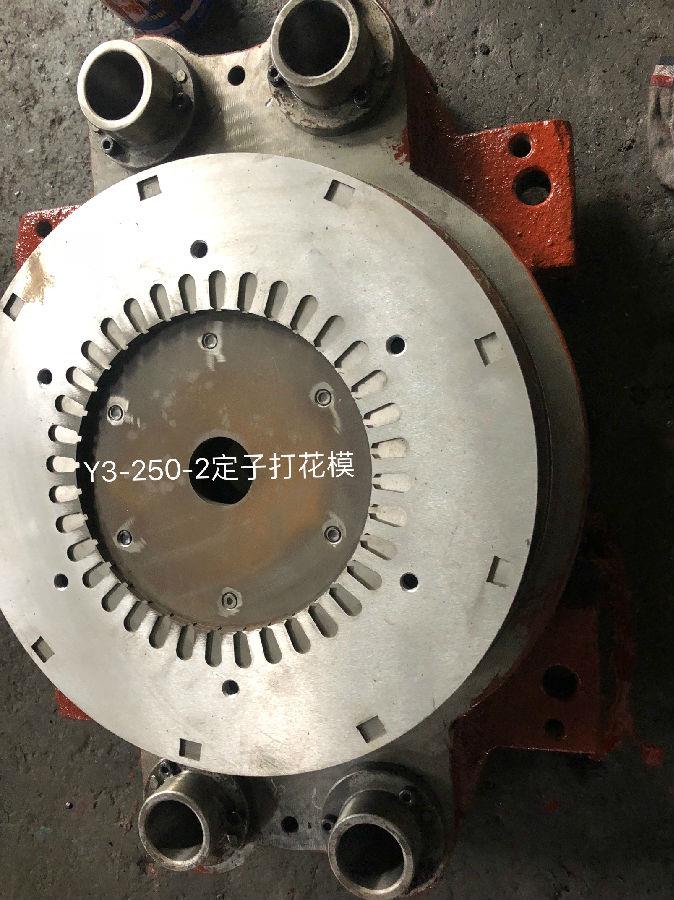①Adhesiveness
Due to the effect of two metal atoms interacting with each other or single-phase dispersion, the appearance of the mold parts of the stator mold often has some adhered metal, especially the appearance of some cutting, shearing and stamping tools. The phenomenon of scarring will affect the sharpness of the cutting edge, the arrangement of some parts, and the change of the chemical composition, which will cause the cutting edge to be partially cracked or the metal sticking off and scratch the mold, making the workpiece rough. So outstanding anti-adhesion is also important.
② Abrasion resistance
When the part is formed, the relative movement of the data and the appearance of the mold cavity causes the mold surface to wear, which causes the mold's scale accuracy, shape, and roughness of the appearance to change and become invalid. Abrasion is a messy process with many influencing factors. In addition to the external conditions that affect the mold, it also depends to a large extent on the non-uniformity of the chemical composition of the selected steel, the arrangement, and the mechanical functions.
③ hardness
The stress conditions of the mold during operation are messy. For example, hot-working molds usually withstand the effect of alternating stress under the exchanged temperature field, so it should have excellent resistance to softening or plastic deformation, and it can still be used in long-term operation environment. Stick to the shape and scale accuracy of the mold. Hardness is one of the essential functions of the stator mold. The hardness of cold work molds is generally selected above 58HRC, and the hardness of hot work molds, especially those that require high fatigue resistance, is usually around 45HRC. For commonly used plastic molds, the general hardness requirement is about 35HRC.
④ Strength and tolerance
During the forming of the part, the mold is subjected to huge impacts, distortions and other loads, especially the modern high-speed stamping, high-speed fine forging and liquid forming technology and the development of one-time forming technology. The mold is under greater load, often due to the strength of the steel And the toughness is not enough, causing the cavity margin or part to fall, chipping or fracture and early failure, so the mold should have higher hardness and toughness after heat treatment.
⑤ tired function
During the operation of the mold, it is subjected to the alternating stress of mechanical shock and thermal shock. During the operation of the hot working mold, the thermal alternating stress more obviously causes the mold to crack. Cracks caused by stress and temperature gradients often form shallow and thin cracks on the surface of the cavity. Its rapid propagation and expansion cause the failure of the mold. In addition, the chemical composition and arrangement of steel are not uniform, and the metallurgical defects such as non-metallic inclusions, pores, and micro-cracks in steel can cause the fatigue strength of steel to decrease. Fatigue cracks occur in these thin areas and develop as fatigue damage
⑥ end
In addition, it should also consider that the stator mold used should have excellent thermal conductivity, corrosion resistance, oxidation resistance, magnetic permeability, etc. according to the differences in the operating conditions of the mold and the environment.

Previous: Tips for self-help die
Related News
- High-voltage motor punching die operation specification
- What are the components of a simple stamping blanking mold?
- Blanking die process and principle
- Using method of rotor casting aluminum mold
- Structural factors affecting composite molds
- Possible problems with rotor molds
- Precautions in the use of self-service die
- Tips for self-help die
- Introduction of blanking die
- Attentions in the design of fixed-rotor tooling fixtures
- Precautions for the use of stator embossing molds



